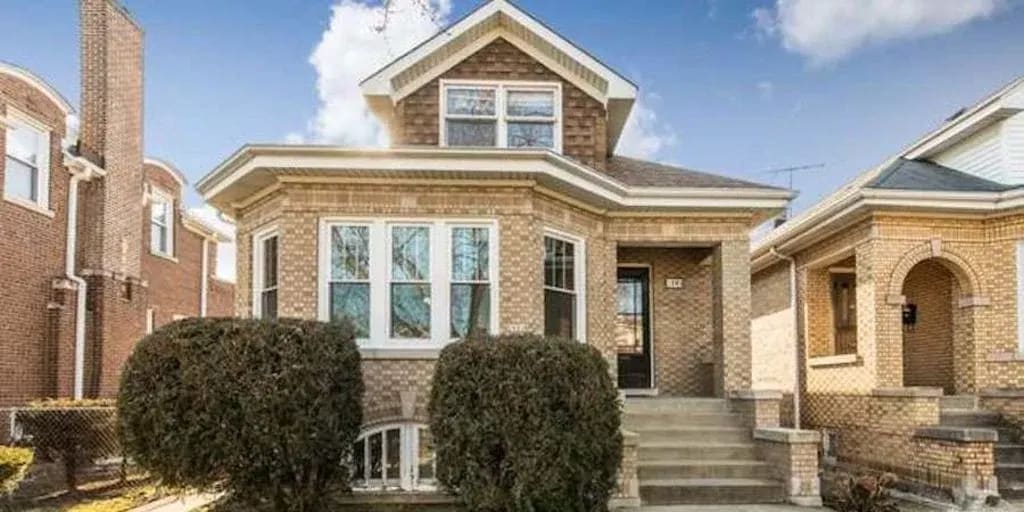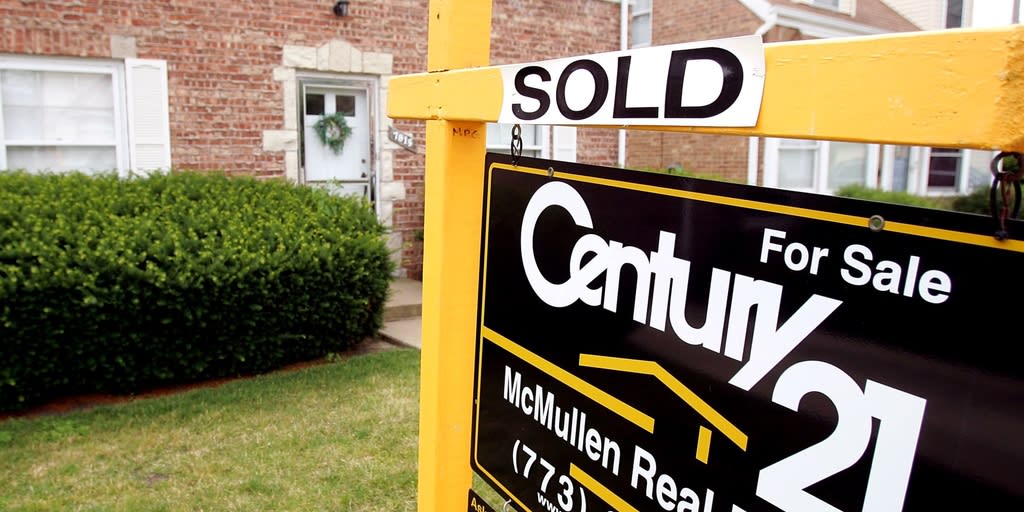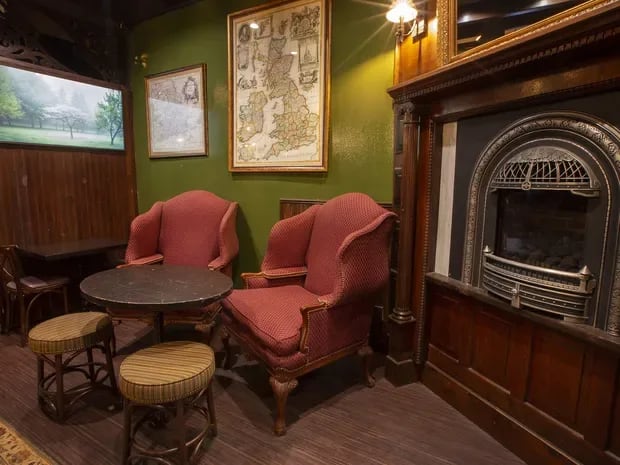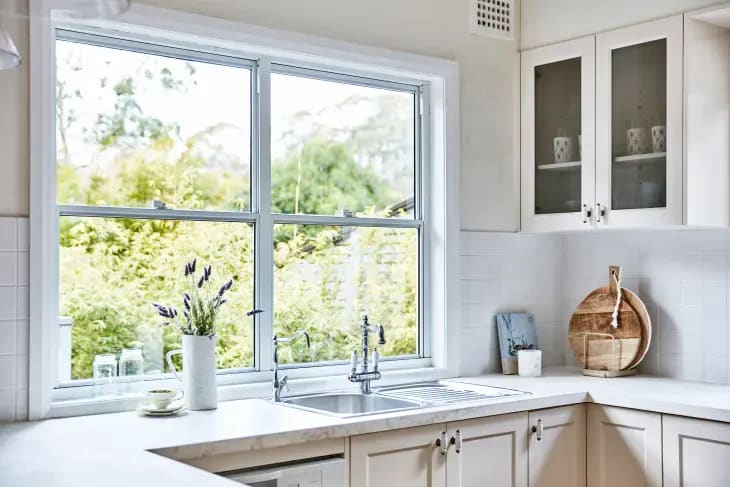“It’s interesting to find that the third-largest metro seems to have held onto affordability when others have changed so much,” said Shane Lee, a RealtyHop data scientist.
RealtyHop measures affordability as the multiple of median household income needed to pay for the median-priced house. In Chicago, the multiple was 2.05 in 1970 and grew to 2.72 in 2022.
To be sure, it’s gotten harder to afford a home in the Chicago area in the past five decades — about 33% harder. But compare that to Los Angeles, where it’s gotten 245% harder in the same period. In Philadelphia, Miami and Boston, affording a home in 2022 was more than twice as hard as in 1970.
“We’re still that place where you can get more house for your money,” said Hilt, an agent with Berkshire Hathaway HomeServices agent in Downers Grove, where she works with both her daughter and her granddaughter.
“We can be happy about our affordability when people want to buy a house,” she said. In all the big cities whose affordability was better than Chicago’s in 1970 — Dallas, Houston, Philadelphia and Atlanta — it’s now worse than Chicago’s.
As Crain's reported in February, Chicago’s longtime housing affordability could be used well in a rebranding of the city as it tries to recapture its appeal to employers and other economic drivers.
Even so, it’s not for the happiest reasons that our affordability has stayed strong. Lee pinpointed two causes in particular.
One is the slackening of population growth. A rapidly growing population means fast-rising demand for homes, which can push prices up and make them less affordable, but “in Chicago, the population boom was all before 1970,” Lee said.
In the two decades prior to 1970, the Chicago area gained 2 million people, but five decades later, it still hasn’t added another 2 million.
In the Los Angeles metro area, 1950-1970 growth was repeated in the next three decades, a little slower than before, but far faster than in Chicago.
In Los Angeles in 1970, it took 2.22 times the median household income to afford the median-priced house, RealtyHop reports. By 2022, it had grown to 7.64, making Los Angeles by far the least affordable of the big cities.
Among the 10 big cities, no other has a multiple over 5. Even in the 20 largest cities there are only two others, San Francisco (6.97) and San Diego (6.49). In San Jose, a smaller metro area but big with the tech industry, the multiple is 7.44.
These cities are not only on the pretty, temperate West Coast but “they’ve attracted the tech industry and other jobs” over the past half-century, Lee said.
The second factor Lee pointed to is the Chicago area’s notoriously high property taxes. “People in other parts of the country don’t feel the effect of property taxes as much as people in Chicago,” Lee said. She has no axe to grind here; she lives in New York and has only visited Chicago.
An August report by the Lincoln Institute of Land Policy showed that of the 10 big cities, only Houston has a higher effective residential property tax rate than Chicago, and it’s slight. In Houston, the rate was 1.56% in 2022, and in Chicago, 1.52%.
In super-expensive Los Angeles, the effective tax rate was 1.16%, or about three-quarters the figure for Chicago.
If property taxes were lower in the Chicago area, reducing the long-term cost of ownership, Lee said, “sellers could push harder on prices and buyers would pay them.”
RealtyHop’s data for the 50 largest cities, not seen in the chart, showed that only five U.S. cities have held onto their affordability better than Chicago since 1970. They are Cincinnati, New Orleans, Pittsburgh, Hartford and Cleveland.
Chicago Business

















































